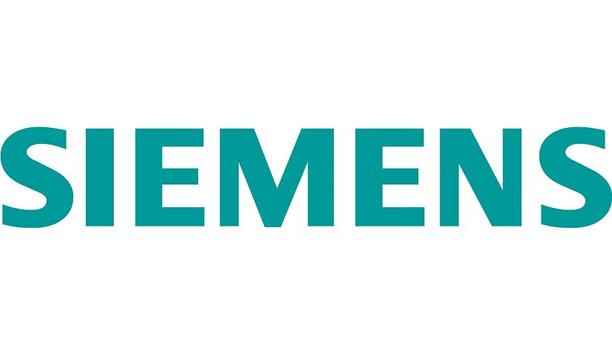1 in 6 people in the UK are deaf or have hearing loss, therefore it is critical that safety systems in domestic and commercial buildings cater to this large group of people otherwise left at risk in the event of incidents.
As specialist fire and security solution installers with over 40 years’ experience, the team at A.P.E Fire and Security has put together this guide to fire alarms for the deaf and hard of hearing.
Fire Alarms for the Deaf and Hard of Hearing
Fire alarms play a crucial role in personal safety. Although fire alarms do not suppress a fire, they facilitate the reduction of fire damage and risk to human lives. Upon being alerted by a fire alarm, people can react to the presence of fire, by suppressing it, evacuating, and calling the emergency services.
Conventional fire alarms emit a loud siren when triggered by the detection of smoke. Building users who then hear the noise can act accordingly.
However, this system does not work effectively for those who are deaf or hard of hearing, as they may not be alerted by an audible alarm.
Consequently, their lives are endangered by not being aware of the presence of fire. Fire alarms specially designed for the deaf or hard of hearing reduce the risks to lives and help give early warning of fire.
Solutions
Here are some examples of fire alarm systems suitable for deaf and hard of hearing people:
- Strobe Lights - For those who are deaf or hard of hearing, effective fire alarm systems must incorporate other senses to be noticed for certain. When triggered, light fire alarms emit flashing strobe lighting, alongside an audible alarm. For increased coverage, additional strobe lights can be purchased and added to the system in multiple rooms, so all building users are aware of a fire detection.
- Vibrating Pods - Vibrating pods are a solution for fire alarms for the deaf and hard of hearing. When the fire alarm is triggered, the portable pods vibrate, alerting someone to the presence of fire. Portable vibrating pods are frequently used in domestic and hotel settings for deaf and hard of hearing people.
- Low Frequency Audible Devices - Low frequency sounders are found to be effective at waking people with hearing loss during sleep, offering reassurance that an alarm will not be missed. Both younger children and older adults experiencing hearing loss may not be able to hear the higher frequencies often used for conventional alarms, however, may hear lower frequencies. The sounder devices receive a signal from a triggered fire alarm, then emits a lower frequency more suitable to the hard of hearing. Generally, this solution is applied to commercial settings, predominantly hotels.
Bedtime Solutions
There are concern for deaf or hard of hearing people while asleep, when visible or audible cues may not be noticed
When up and about during the day, one is likely to be more aware of alerts and alarms. There is heightened concern for deaf or hard of hearing people while asleep, when visible or audible cues may not be noticed.
To ensure people wake up when a fire alarm is triggered, special solutions for bed must be made.
The most commonly used fire alarm systems for sleep are vibrating pads, placed under the pillow to effectively wake someone when triggered.
Regular Testing
As with any fire alarm system, it is critical that the system is regularly tested and therefore effective in the event of a fire.
Testing should take place at least once a month for all fire alarm system types. If a deaf or hard of hearing person with a specially designed domestic fire alarm system lives with others, it is important all are familiar with the system, the alarm, and how to react.
The Standards
Standardization of the alarm systems gives deaf and hard of hearing people the ultimate reassurance
The British Standard BS 5446-3: 2005 specifies smoke alarm kits for deaf and hard of hearing people, applicable to vibratory, visual alarms, and low frequency audible devices.
Standardization of these alarm systems give deaf and hard of hearing people the ultimate reassurance in an effective system designed for their needs. The standard specifies requirements for components and their test methods as well as interconnections.
BS 54446-3: 2005 also gives guidance on suitable systems for varying levels of hearing loss to cater to a wide range of people and ensure safety. Those who are deaf or hard of hearing should only use compliant systems in accordance with British Standards, so safety and effectiveness is assured.
















